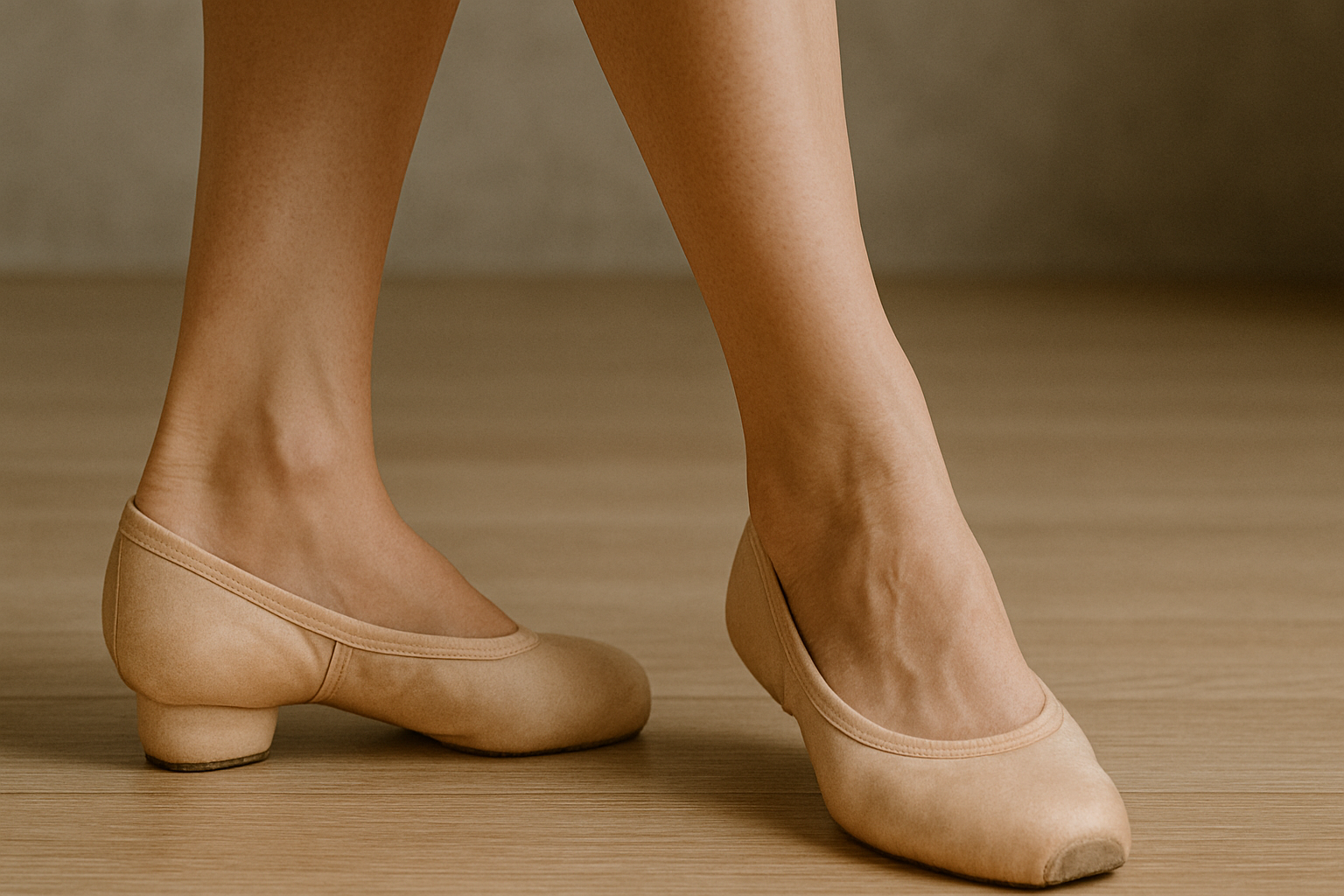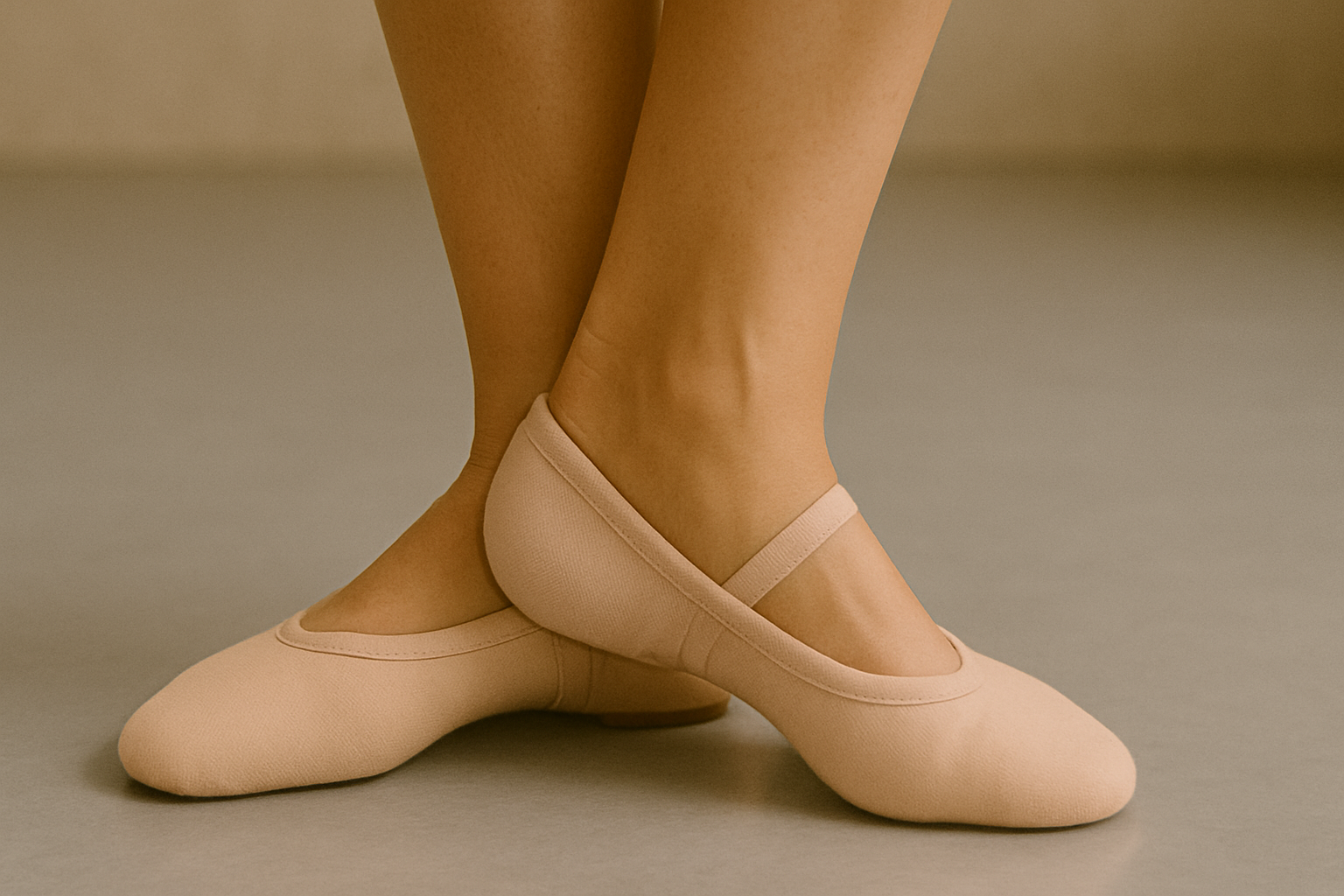Dance Positions Quick Guide
What You'll Learn
What are basic dance positions?
Basic dance positions are standardized placements of the feet and arms that form the foundation of dance technique. The 5 classical foot positions (first through fifth) originated in ballet but are now used across jazz, contemporary, lyrical, and other dance styles. Modern dance adds parallel positions where feet face forward. These positions teach proper alignment, balance, and control necessary for all dance movements.
Foundation of All Dance Styles
Whether you're learning ballet, jazz, contemporary, hip hop, or lyrical dance, these fundamental positions provide the structure and alignment for safe, beautiful movement.
Why Positions Matter
Proper positioning creates the foundation for all dance movement. These positions teach body alignment, muscle memory, and the control necessary for more advanced technique.
- Establish proper body alignment and posture
- Build strength and muscle memory
- Create consistency across all dance styles
- Prevent injury through proper technique
- Develop spatial awareness and control
- Form the basis for all dance combinations
Universal Application
While these positions originated in ballet, they form the foundation for technique in jazz, contemporary, lyrical, and even some hip hop and acro movements. Understanding these basics enhances performance in all dance styles.
At Dance House Productions in Biddeford, Maine, we teach these fundamental positions as part of every student's dance education, regardless of their primary style focus. Strong foundations create confident, versatile dancers throughout Southern Maine.
Dance Positions at a Glance
| Position | Feet Placement | Key Points | Used In | Common Errors |
|---|---|---|---|---|
| First Position | Heels together, toes turned out | Foundation position, natural turnout | All dance styles | Forcing turnout from feet |
| Second Position | Feet apart (hip-width), toes out | Stable base, weight centered | Ballet, Jazz, Contemporary | Too wide, rolling ankles |
| Third Position | One foot in front, heel to arch | Transitional, prepares for 5th | Ballet, some Jazz | Weight shifting forward |
| Fourth Position | Feet apart front to back | Length with control | Ballet, Contemporary | Uneven weight distribution |
| Fifth Position | Feet crossed, toe to heel | Most advanced, full turnout | Ballet, Advanced Jazz | Forcing, sickling feet |
| Parallel First | Feet together, toes forward | Modern/contemporary base | Modern, Contemporary, Hip Hop | Hyperextended knees |
| Parallel Second | Feet hip-width, toes forward | Natural stance, grounded | Jazz, Modern, Hip Hop | Feet too wide/narrow |
The Five Classical Positions of the Feet
These positions form the foundation of Western dance technique and are used across ballet, jazz, contemporary, and lyrical dance styles.

First Position
The foundation of all positions. Heels touch with toes turned out naturally from the hips.

Second Position
Feet separated by about one foot length, maintaining turnout for a stable base.

Third Position
Transitional position with one foot in front, heel touching the arch of the back foot.

Fourth Position
One foot in front with space between feet, can be open or crossed alignment.

Fifth Position
Most advanced position with feet completely crossed, requiring maximum turnout.
First Position
Heels together, toes turned out to form a straight line. The most basic and stable of all positions, teaching fundamental turnout.
How to Execute First Position
Stand with weight evenly distributed on both feet
Bring heels together so they touch
Rotate legs outward from the hips, not the feet
Keep knees straight but not locked
Second Position
Feet turned out with heels separated by the length of one foot. Maintains turnout while creating a stable, wide base.
How to Execute Second Position
Start in first position
Slide one foot to the side maintaining turnout
Stop when feet are about hip-width apart
Ensure equal weight on both feet
Third Position
One foot in front of the other, heel to arch. A transitional position that prepares students for fourth and fifth positions.
Fourth Position
One foot in front of the other with space between them. Can be open (like second) or closed (like fifth) with separation.
Fifth Position
Feet completely crossed, toes to heels. The most advanced position requiring significant turnout and control.
Modern & Contemporary Positions
Parallel positions are essential for jazz, contemporary, modern, and hip hop dance styles.
Parallel First
Feet together with toes pointing straight forward. Used extensively in modern, contemporary, and hip hop dance for grounded movement.
Parallel Second
Feet hip-width apart, toes forward. The natural standing position used for jazz walks, contemporary floor work, and hip hop grooves.
Jazz Fourth
A hybrid position with one foot turned out and one parallel, common in jazz dance for dynamic movement and turns.
Wide Second
Feet wider than hip-width in parallel or slight turnout. Used in jazz, contemporary, and hip hop for power moves and stability.
Port de Bras - Carriage of the Arms
Arm positions create beautiful lines and complete the aesthetic of proper dance positioning across all styles.
Preparatory Position
Arms form a gentle oval in front of the body, slightly below waist level. Used in ballet, contemporary, and lyrical dance.
First Position (En Bas)
Arms form a circle in front of the body at stomach level. Foundation for all arm movements in classical styles.
Second Position
Arms extended to the sides at shoulder height. Used across all dance styles including jazz and contemporary.
Third Position
One arm curved overhead, one in second. Creates asymmetrical lines in ballet and contemporary dance.
Fourth Position
One arm overhead, one arm forward. Dynamic position used in turning and jumping combinations.
Fifth Position (En Haut)
Both arms curved overhead. The crown position used in ballet, contemporary, and lyrical dance.
Common Mistakes & Corrections
Forcing Turnout
Uneven Weight
Locked Knees
Sinking into Hips
Rigid Arms
Forward Head
Frequently Asked Questions About Dance Positions
What are the 5 basic positions in dance?
The 5 basic dance positions are: First position (heels together, toes out), Second position (feet apart, toes out), Third position (one foot in front, heel to arch), Fourth position (feet apart front to back), and Fifth position (feet crossed, toe to heel). These positions originated in ballet but are used across jazz, contemporary, and other dance styles.
What is the difference between ballet positions and jazz positions?
Ballet positions traditionally use turnout (rotation from the hips) with feet pointing outward. Jazz dance uses both turned out positions and parallel positions (feet facing forward). Contemporary and modern dance primarily use parallel positions, while hip hop uses natural stances with feet parallel or slightly turned out based on the movement style.
At what age should children learn dance positions?
Children can begin learning basic position concepts through creative movement at ages 3-6. Formal position training typically begins around age 7 when children have better body awareness and muscle control. At Dance House Productions in Biddeford, Maine, we introduce positions progressively based on each child's development.
How do I know if I'm doing dance positions correctly?
Proper dance positions should feel balanced and aligned without strain. Key checkpoints: weight evenly distributed, knees over toes, hips level, spine lengthened, and shoulders relaxed. Work with a qualified instructor who can provide personalized corrections. Use mirrors to check alignment and never force turnout beyond your natural range.
Can I practice dance positions at home?
Yes! Practice positions daily for 10-15 minutes using a mirror to check alignment. Hold each position for 30 seconds, focus on proper weight distribution, and never force turnout. Include foot strengthening exercises and gentle stretches. Always warm up first and stop if you feel pain.
Which dance styles use parallel positions?
Parallel positions (feet facing forward) are fundamental in modern dance, contemporary dance, jazz dance, hip hop, and some lyrical combinations. These positions provide a grounded, natural stance that's essential for floor work, isolations, and street dance styles. Even ballet dancers train in parallel for strength and versatility.
Ready to Master Dance Positions?
Join our dance classes in Biddeford, Maine and learn proper technique from experienced instructors. We teach fundamental positions in all our dance styles - ballet, jazz, contemporary, hip hop, and more!
View Class Schedule